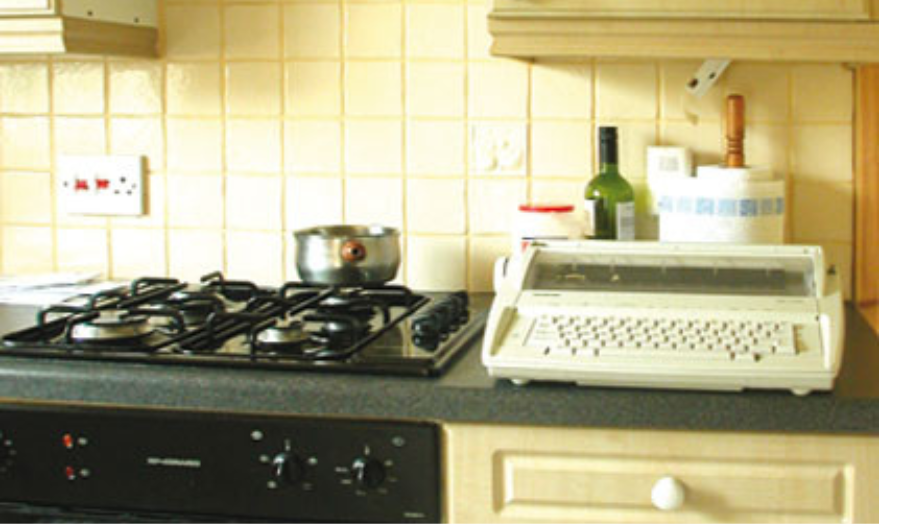Covid-19 shone a spotlight on UK housing injustice. The fortunate have long been able to accommodate home-based work through under-occupation – in a disused garage, a ‘spare room’, or a studio at the bottom of the garden – whereas others, including the poor and the young, have not had this option. At the time of the pandemic, as recorded in May 2020 during lockdown restrictions that came into force two months earlier, “many more middle-class workers were working from home than working class workers” by a factor of one to five. This contributed to disproportionate illness and death in deprived groups, including in communities of colour. Inadequate housing is one of the factors driving this inequality. The smallest in western Europe, UK housing is increasingly built, tight-fit, to minimum space standards that make inadequate provision for home-based work.
Building on two decades of research into the architecture of home-based work and fieldwork data collected over the past 15 years by Dr Frances Holliss, a team from the School of Art, Architecture and Design at London Metropolitan University has generated twelve diverse home-working case studies that underpin the case for new design guidance. The report, Housing Space Use in the Pandemic and After: The Case for New Design Guidance, brings the data to life in detailed drawings that explore the inhabitation of dedicated workspaces in the homes of knowledge workers, craftworkers, service-workers and creative practitioners, amongst others.
In order to strengthen the practice-led, industry dimension of the research, and extend its knowledge exchange capacity, the team convened a virtual roundtable of industry experts representing leading architects in the housing sector. The publication includes findings from this event addressing key themes including: hybrid homes versus spatial separation, quantifying workspace needs and wants, mapping inequality in regard to home-working, and questions concerning vocabulary in the housing standards debate. All agreed on the need for better definition of the terms of debate in relation to housing design and policy; space standards emerge as a key consideration.
Panel member Julia Park, author of One Hundred Years of Housing Space Standards: What Now?, said “Space standards are an ideological choice rather than a scientifically proven imperative, but I think COVID has shown that we need them, and that it is probably time for them to be increased.”
At the heart of the project is the bold contention that the time has come – as it did when the ‘outhouse’ became the indoor WC in 1918 – for all housing in the future to have a dedicated space for home-based work. The mainstreaming of home-based work during the Covid-19 pandemic provided a real-time case study larger than anyone could have hoped for. As a result, we now have more than enough evidence on which to build a case for reappraising the performance of the home as a place for work, and plenty of shared experience that can be used to test options going forward. In order to drive the next steps, this report identifies six recommendations which reframe what we expect from the homes we are building today, for life tomorrow and the day after that.
This project was supported by the Strategic Priorities Fund and contributed to the University’s CCRI: Coordinated Covid-19 Response Initiative convened by Dr Una Fairbrother. The report, produced in collaboration with the WorkHome Project, was published by London Metropolitan University and printed by Panopus Printing PRS Ltd.
Download the Housing Space Use in the Pandemic and After: The Case for New Design Guidance report

